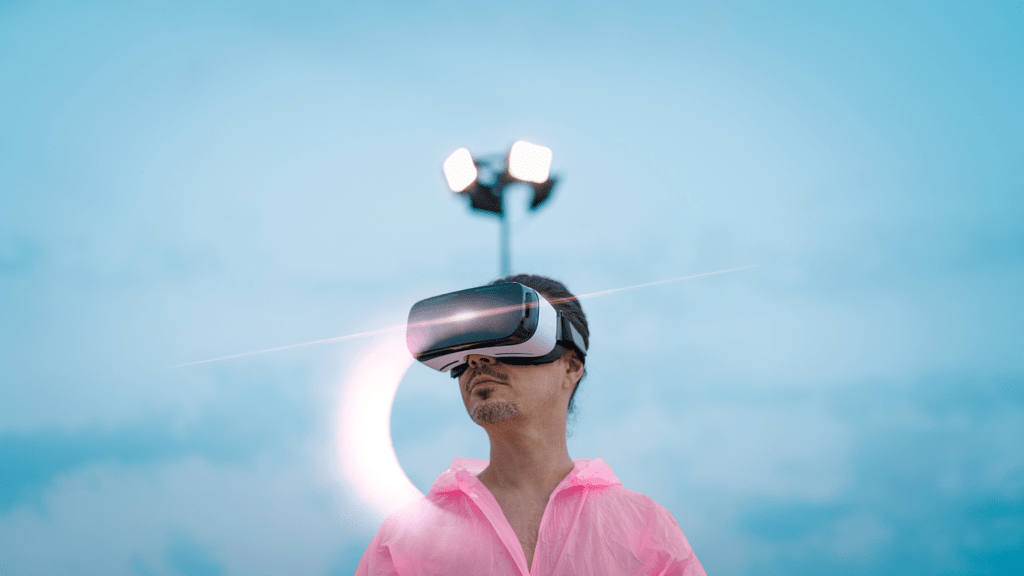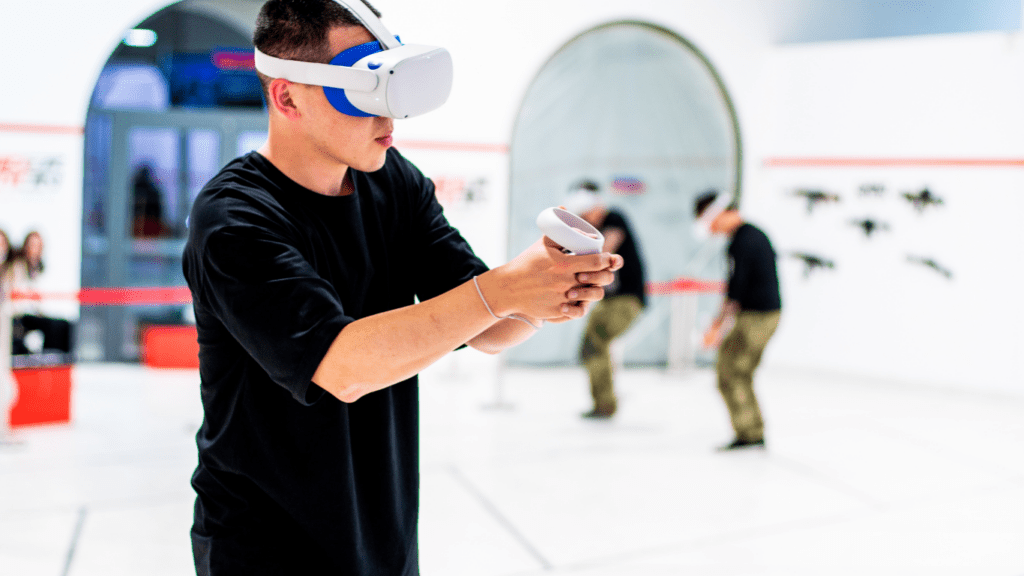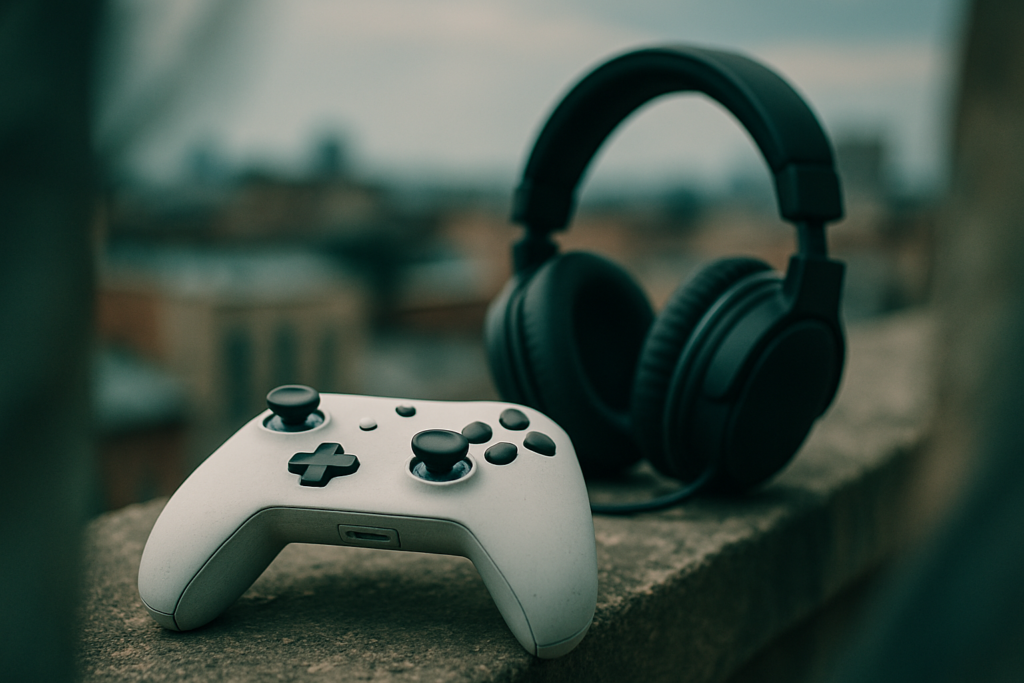Understanding VR Technology
What Are VR Headsets?
VR headsets are wearable devices that immerse users in virtual environments. They consist of a display screen, lenses, and sensors.
The display screens present virtual scenes, while lenses adjust images based on user perspective.
Sensors track head movements to adjust the view, creating a 360-degree immersive experience. Examples include Oculus Quest 2, PlayStation VR, and HTC Vive.
How VR Headsets Work
VR headsets leverage advanced display technology, motion tracking, and audio. Screens inside the headset render split images for each eye, creating a stereoscopic effect.
Motion sensors like accelerometers and gyroscopes detect head orientation and movement, ensuring the virtual environment adjusts accordingly.
Integrated audio systems provide spatial sound, enhancing immersion.
Users may interact with virtual objects using handheld controllers or gloves, which are tracked by the headset or external sensors. Examples include Oculus Touch controllers and Valve Index controllers.
Key Features to Consider
1. Resolution and Field of View
Resolution directly impacts the clarity of the visuals in VR headsets. Higher resolutions reduce the screen door effect, where individual pixels become visible.
For example, the Oculus Quest 2 offers a resolution of 1832 x 1920 per eye, delivering clear, sharp images. Field of View (FoV) determines the range of vision available to users.
A wider FoV, like the 110 degrees offered by the HTC Vive, enhances immersion by providing a more extensive view of the virtual environment.
Both resolution and FoV are crucial for creating a seamless and engaging VR experience.
2. Tracking Technologies
Tracking technologies ensure precise movement and position detection in VR, which are vital for an immersive experience.
There are two primary types:
- outside-in
- inside-out tracking
Outside-in tracking uses external sensors placed around the room, as seen with the HTC Vive.
Inside-out tracking, on the other hand, utilizes cameras on the headset itself, such as in the Oculus Quest
This method offers more portability since it doesn’t require external sensors. Accurate tracking technologies eliminate motion lag and jitter, ensuring smooth and realistic interactions within the virtual world.
3. Comfort and Design
Comfort is critical for extended VR sessions. Factors like weight distribution, padding, and adjustability play significant roles in overall comfort.
The PlayStation VR, for example, features a balanced design with adjustable straps, reducing pressure on the head.
Ventilation and material also matter, breathable fabrics and well-placed ventilation prevent overheating and discomfort.
Ergonomic design ensures that VR headsets fit various head shapes and sizes, accommodating a broad user base.
A well-designed headset can make or break the VR experience, impacting users’ desire to engage in longer sessions.
Top VR Headset Models in 2023

1. Entry-Level VR Headsets
Entry-level VR headsets provide an affordable way to experience virtual reality, ideal for beginners or those on a budget.
Examples include the Oculus Quest 2 (now Meta Quest 2) and PlayStation VR.
The Meta Quest 2 offers a standalone system, eliminating the need for a powerful PC or console, while delivering a resolution of 1832×1920 per eye and a 90 Hz refresh rate.
The PlayStation VR, compatible with PlayStation 4 and 5, features a 1920×1080 resolution and a 120 Hz refresh rate but requires a PlayStation console to operate.
These headsets focus on ease of use, accessibility, and basic immersion.
2. Mid-Range VR Headsets
Mid-range VR headsets balance performance and price, providing enhanced features without the premium cost.
Examples include the HP Reverb G2 and Oculus Rift S.
The HP Reverb G2 offers impressive visuals with a resolution of 2160×2160 per eye and 90 Hz refresh rate, alongside excellent audio quality with built-in spatial audio.
The Oculus Rift S, compatible with most gaming PCs, features 2560×1440 resolution and a 80 Hz refresh rate, leveraging inside-out tracking for seamless movement detection.
These headsets often come with improved tracking, higher resolution, and better comfort compared to entry-level models.
3. High-End VR Headsets
High-end VR headsets cater to enthusiasts and professionals seeking top-tier performance. Examples include the Valve Index and HTC Vive Pro 2.
The Valve Index boasts a 1440×1600 resolution per eye, a 120 Hz refresh rate (reaching up to 144 Hz), and precise finger-tracking controllers.
The HTC Vive Pro 2 offers a stunning 2448×2448 resolution per eye and 120 Hz refresh rate, providing ultra-realistic visuals and wide FoV.
These headsets demand powerful hardware but deliver unmatched immersive experiences with cutting-edge technology, advanced tracking systems, and ergonomic designs for prolonged use.
For comprehensive details about each headset, exploring their specific features and performance metrics will guide users to the perfect VR solution for their needs.
VR Headsets: User Experience Stories
First-Time Users
First-time users often find VR headsets like the Oculus Quest 2 intuitive. Even without prior VR experience, setting up the Quest 2 takes just minutes.
One user mentioned the seamless setup process allowed immediate entry into VR scenes. Another enjoyed Beat Saber, commenting on how easy it was to learn the controls and start playing.
The lightweight design of the PlayStation VR was highlighted as comfortable for prolonged gaming sessions, offering a smooth introduction to VR.
VR Enthusiasts
VR enthusiasts look for advanced features and high-quality performance. An Oculus Rift S user reported enhanced graphics and immersive gameplay, praising the accurate tracking system.
In another instance, a Valve Index owner valued its high-refresh rate and advanced finger-tracking controllers for a deeper interaction with VR games.
Enthusiasts also appreciated the HTC Vive Pro 2’s high resolution, noting it made exploring detailed virtual worlds even more engaging.
Professional Use Cases
Professionals use VR headsets for diverse applications, particularly in training and simulation. An architect found the HP Reverb G2 essential for visualizing 3D models, highlighting the clarity of the high-resolution display.
In a medical training context, the HTC Vive Pro 2 enabled realistic surgical simulations, significantly improving practice sessions.
An education professional mentioned using PlayStation VR for interactive lessons, keeping students engaged through immersive worlds.
These stories illustrate how VR headsets transform professional environments, offering tangible benefits.


 Rosendor Smithiery, the founder of Infinity Game Saga, plays a pivotal role in shaping the direction and content of the platform. As the visionary behind the site, Rosendor’s leadership and passion for gaming drive the company’s mission to deliver top-notch gaming coverage. In addition to his executive role, he actively contributes to writing articles, offering his deep insights and expert perspectives on various gaming topics.
Rosendor’s hands-on approach ensures that Infinity Game Saga maintains a high standard of quality and relevance. His articles often explore emerging trends, provide detailed analyses, and offer unique viewpoints on the gaming industry. By blending his leadership with his writing, Rosendor enriches the content and connects with readers, solidifying Infinity Game Saga’s reputation as a leading voice in gaming media.
Rosendor Smithiery, the founder of Infinity Game Saga, plays a pivotal role in shaping the direction and content of the platform. As the visionary behind the site, Rosendor’s leadership and passion for gaming drive the company’s mission to deliver top-notch gaming coverage. In addition to his executive role, he actively contributes to writing articles, offering his deep insights and expert perspectives on various gaming topics.
Rosendor’s hands-on approach ensures that Infinity Game Saga maintains a high standard of quality and relevance. His articles often explore emerging trends, provide detailed analyses, and offer unique viewpoints on the gaming industry. By blending his leadership with his writing, Rosendor enriches the content and connects with readers, solidifying Infinity Game Saga’s reputation as a leading voice in gaming media.
